
Spending enough time in a country to feel immersed in its culture and witness all the details from most obvious to subtle, is an amazing thing to do.
I’m so grateful that we get to experience this in Japan. It is the place which I consider to be the most fascinating in the whole wide world. I might be biased but I sure know that I’m not the only one… Last time I travelled here with my dad, I created a little book which was filled with memorabilia. I collected little stickers, photographs, scribbled thoughts and sketched random things that caught my eye. It was a beautiful way to capture everything and I sometimes like to look back at it and laugh at my clumsy little drawings.
Now that David and I have been here since more than a month, we’ve grasped a different type of inspiration. It feels deeper as we feel more connected with the country’s culture by having lived here like locals. There are so many things that not only tickle our curiosity but also make us analyze & question parts of our own lives. It’s transformational, really.
So I thought I’d gather them up into a post which would resemble my little travel book, in a more settled way. Meticulously arranged with photographs we’ve taken here as well as little sketches of mine. So here are just a few things that inspire us greatly about Japan!


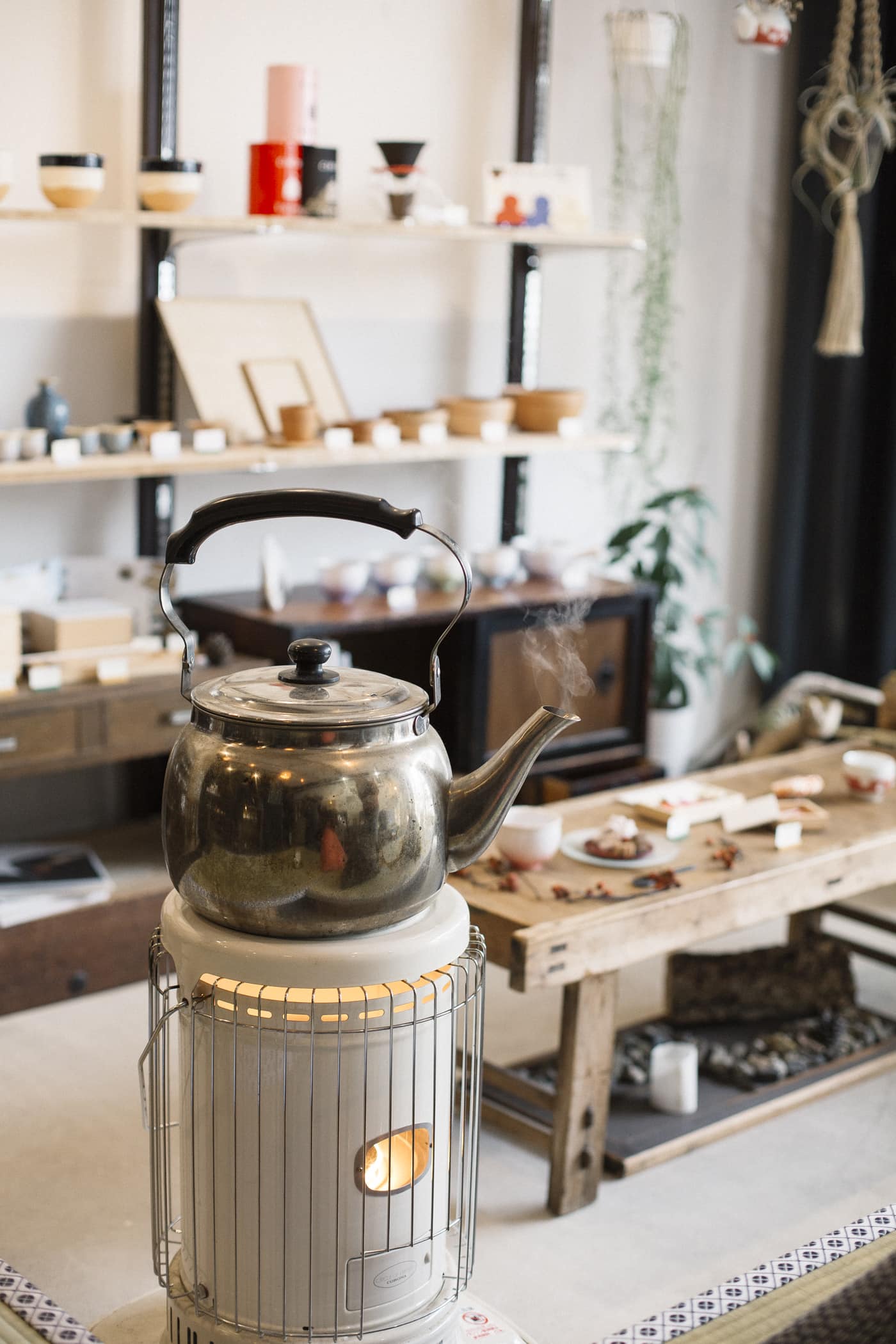
Discipline & kindness for social harmony
When we landed here and visited Tokyo, we were scared that we would get lost in an overpopulated concrete jungle. Yet, we were happily proven wrong – even an agoraphobic that is terribly afraid of crowded places has nothing to fear here. There is order & discipline in everything, which might seem crazy or over the top, but…it creates a steady base for living in harmony. There is no risk of being pushed around or stepped on, as people queue for just about anything – even outside the supermarket. Walking and getting around is a breeze, or it’s at least much easier than in other countries/cities. There is not much of a risk of getting robbed either, as this is considered very shameful in Japanese culture. Instead it is a society based on collectivity, honesty and kindness.
So much kindness, in fact! I’m not going to be biased and say that everything about Japanese society is perfect (no society really is), but I really want to stress that every single person we’ve met here has been polite, kind and generous. They strive to helpful and kind to everybody, regardless if they are foreigners like us, or fellow locals. We’re all treated the same way. I’m sure that buddhism has something to do with this, or possibly a combination of other reasons. Either way, it’s heartwarming and it inspires everybody to be a better person.
Naturally, there’s also a huge culture of “giving” and generosity. You are welcome to spend as much time as you like in every place you go to. In many spots, whether it’s an eatery, a coffeeshop, or a shop, tea is offered free of charge, as a way to say you’re gladly received. The Japanese aren’t particularly loud or touchy. In fact they seem to be quite shy, but they will always care about other people’s wellbeing. They will go out of their way to make you feel at home. So much to love about this, so much to get inspired of.
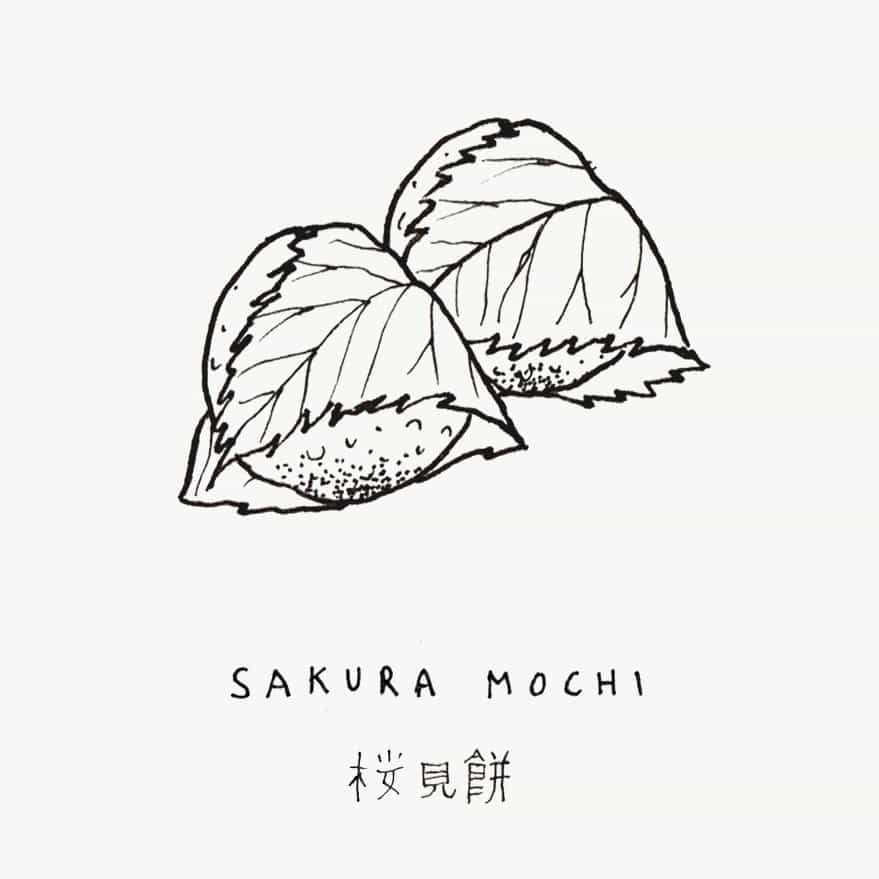
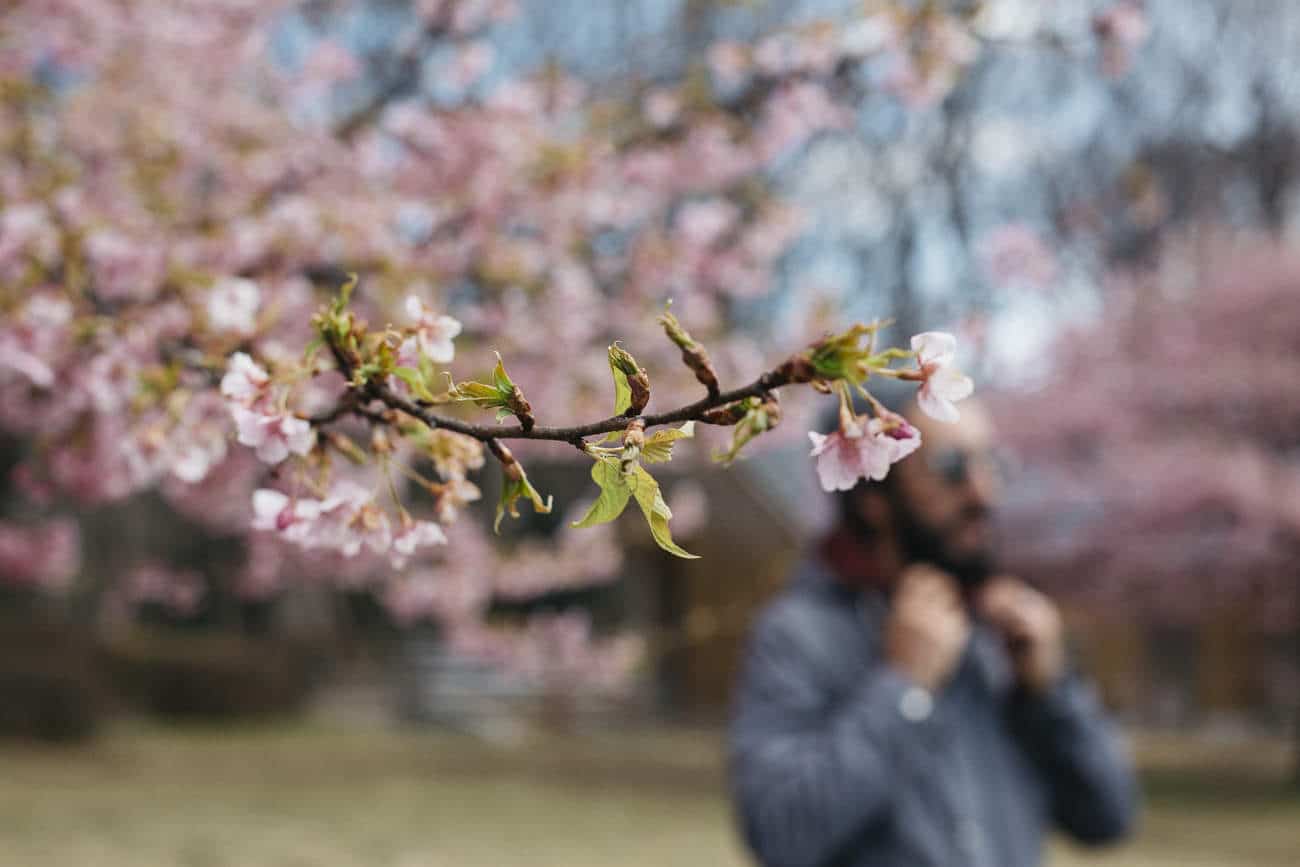
A love for the seasons
Japan has four seasons, and so do we (where we come from). However, the changing of the seasons means so much to Japanese people – they certainly do not take them for granted. As the weather & surrounding flora changes every season, you can notice distinct trends and changes forming in everything else: the food, the festivals, the fashions… Since the beginning of history, the Japanese have been profoundly connected to their natural environment, and the currents in nature have inspired all other aspects of their culture. Every season is distinct and has a particular beauty of its own. It is glorified, almost romanticized – which in result creates so much awareness for the present moment.
At the moment here in Kyoto, everybody is waiting for one of the most magical moments of the year: Hanami, or in other words, the viewing of the cherry blossoms. This has already inspired me so much that I’ve written a separate post about it along with an animated illustration, check it out here 🙂
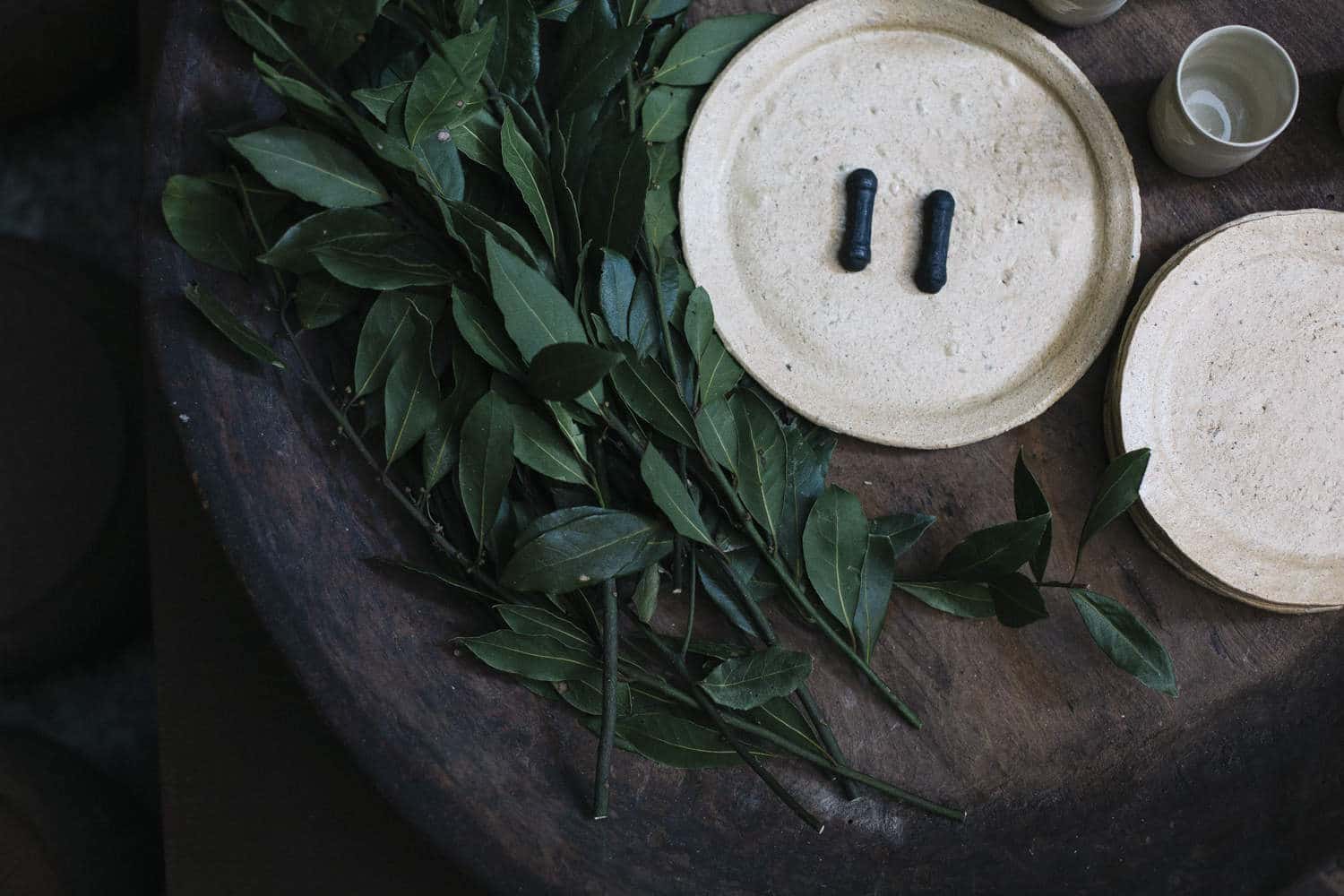
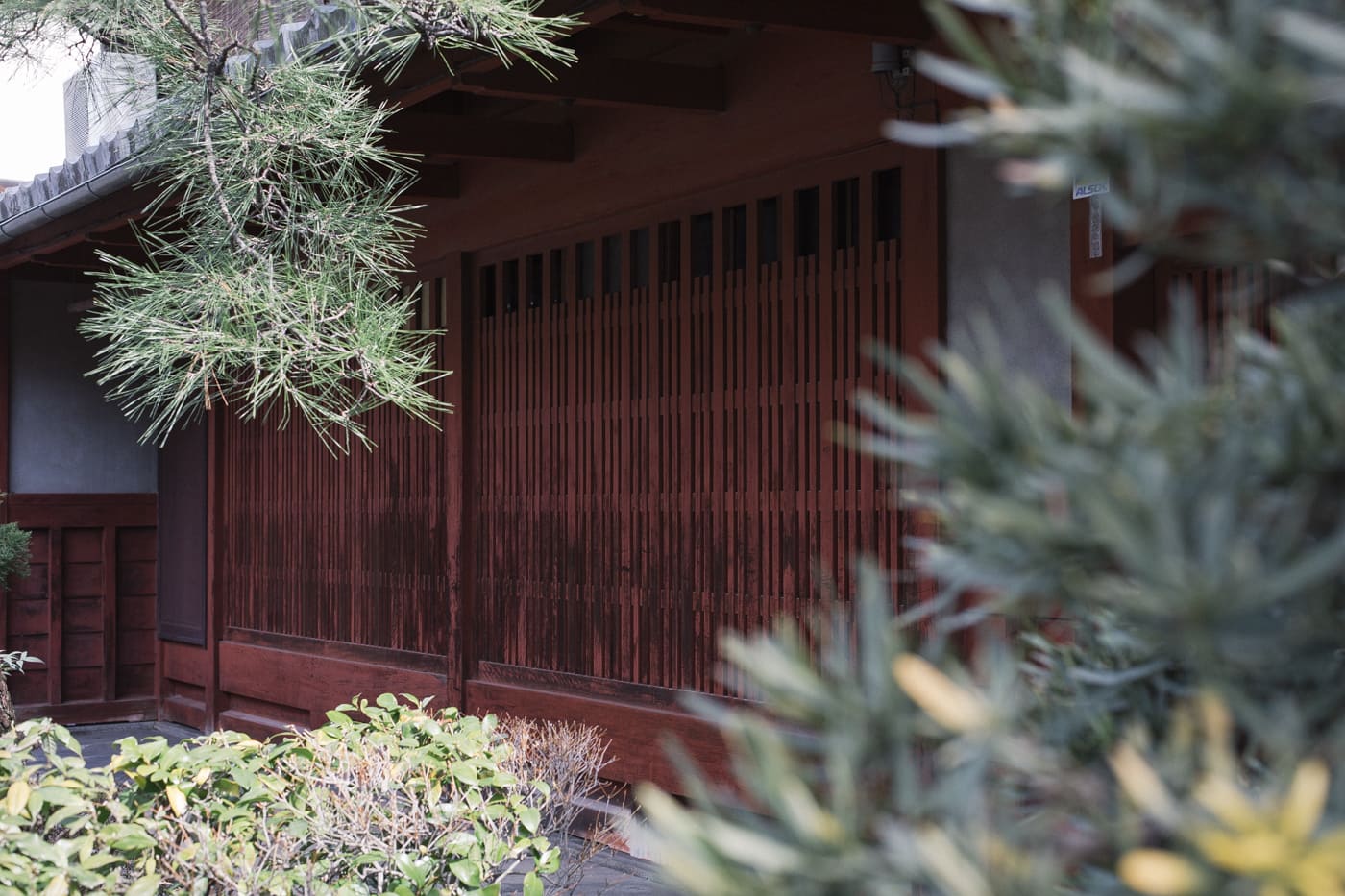

Wabi Sabi – Worship of Imperfect Beauty
Wabi Sabi is a concept in traditional japanese aesthetics constituting a world view centered on the acceptance of transience and imperfection. The aesthetic is sometimes described as one of beauty that is “imperfect, impermanent, and incomplete“.
Thank you google, this sounds just about right, YES.
The intoxicating beauty of it can be witnessed here in Japan. It is present in the materials used in the making of traditional japanese houses – natural textures like wood that fade or change color with time and with age. Instead of going against this transition and aging of things, wabi sabi is about accepting and seeing beauty in those changes and imperfections. Beauty in all things that evolve and age with time.
I love walking around and seeing the wooden latticework on house facades gain a beautiful rough texture that nobody feels the need to glaze over or re-paint (as the photo you can see above). This is also very present in other arts such as ceramics – the japanese perception of aesthetics is not about fancy colors, perfection or shine, but rather natural imperfect textures, contrasting with darker surfaces that reflect light in a subtle way. I could go on and on about this, so fascinating it is. If this topic interests you I would highly recommend you check out the book “In praise of shadows“.
Another beautiful practice of that kind is Kintsukuroi, which I illustrated on the right! It consists or repairing pottery with golden lacquer, making a piece even more beautiful once it has been broken.
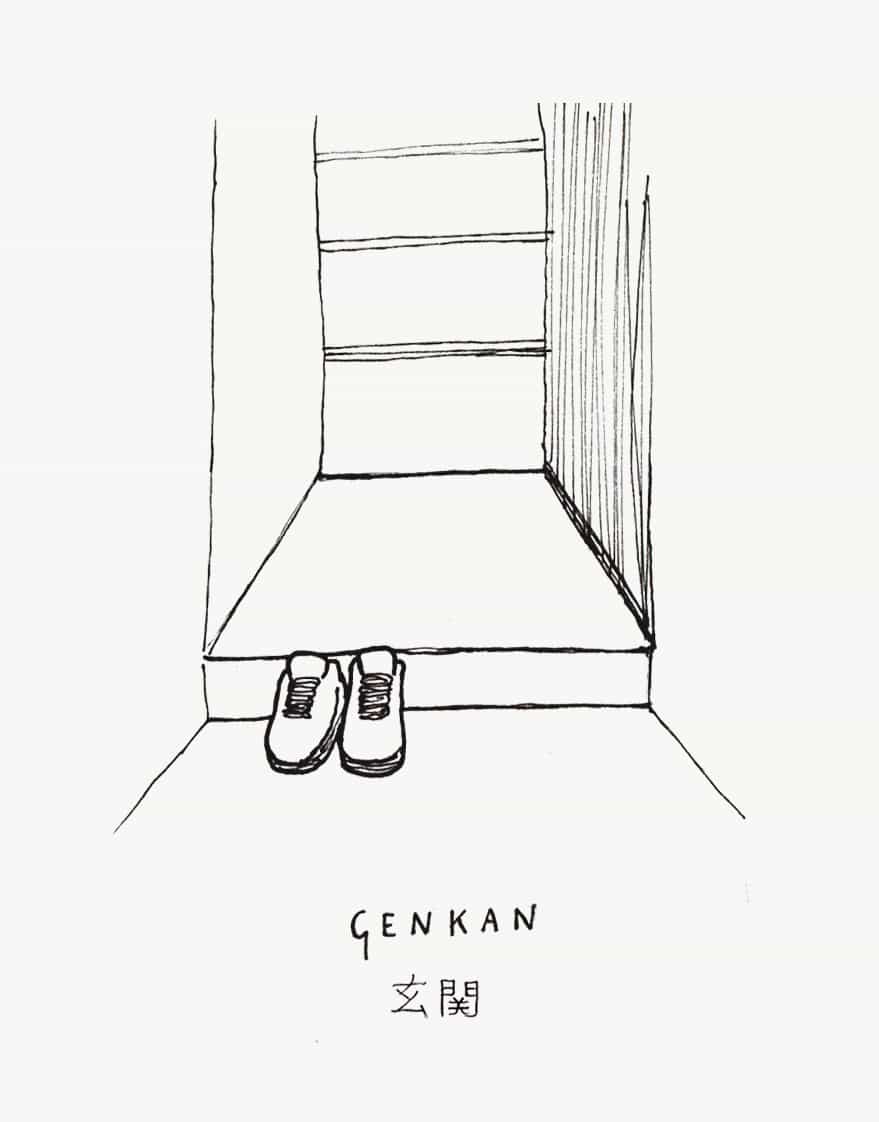

The Japanese House – Small spaces & Modulability
Where can I even begin with the inspiration that comes out of living in a Japanese house? There’s so much to say about it!
Japanese homes are usually small, at least to our western standards. But that doesn’t mean they are cramped or unpractical. Quite the opposite. Traditional tatami-floored rooms serve multiple purposes at once, as they can be an eating/gathering/relaxing space as much as they can be a bedroom later in the day when the futons (thin mattresses) are being pulled out to sleep. Storage space is ample, and even if bathrooms/kitchens are proportionally tiny as well, they lack no logic and ingenuity when it comes to organisation. Everything has its own place, yet it’s easy to move things around. This particularly inspired us and it changed our whole perception of how much room we need to live a functional life.
In this sense, the Japanese can teach us something about space and how it can be used smartly: perhaps we do not need to dream about living in a super large mansion to be happy after all 😉
Another cool thing about the Japanese home, is, as you might know: the removal of outdoor shoes. The Japanese houses have specifically raised flooring/porches so that shoes can be left at the entrance, in the Genkan (which I illustrated above) before entering the main part of the house. I personally think this is a beautiful ritual as it doesn’t only preserve the cleanliness of the home but it also serves to create a mental separation between the outdoors and indoor life. It represents pure cosiness and shelter to me, especially when we get to change into a pair of slippers!

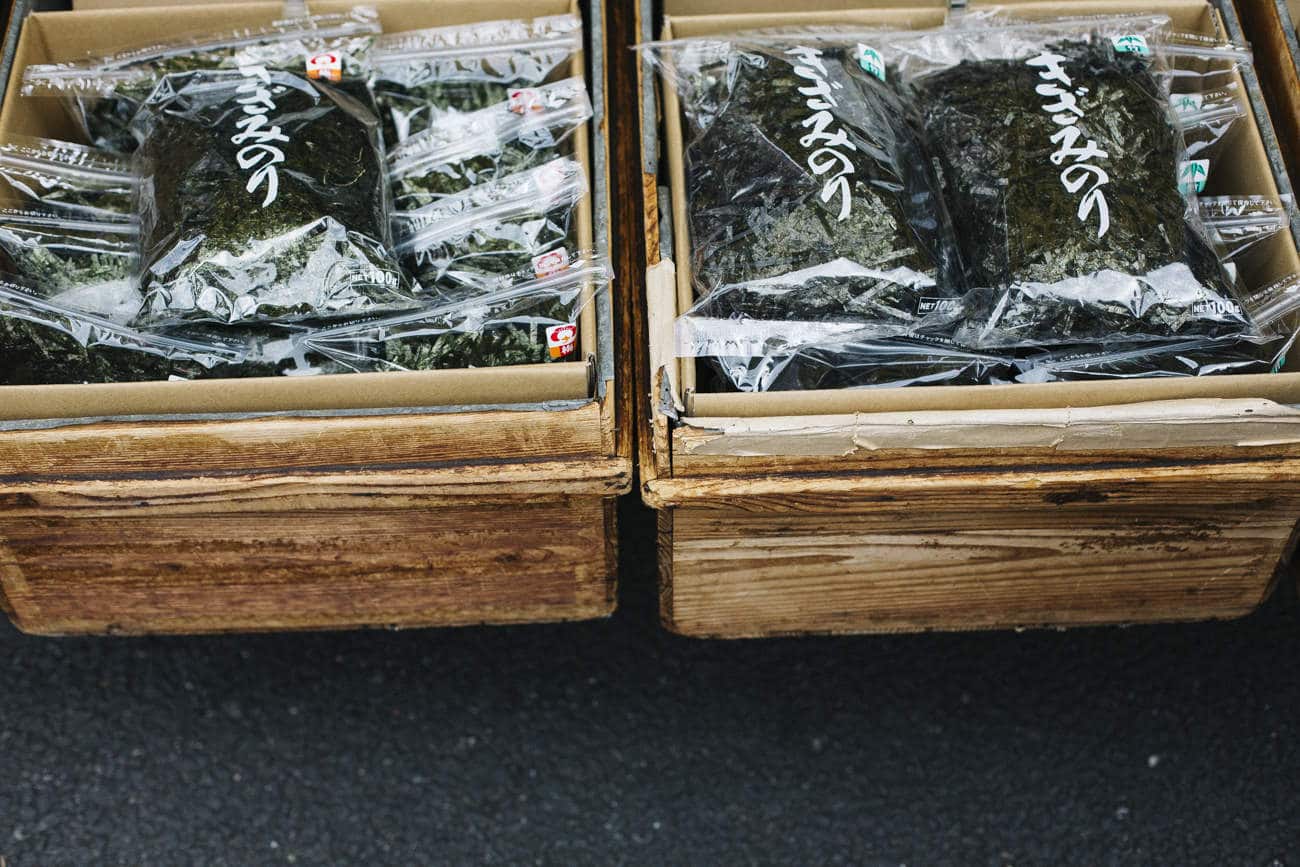
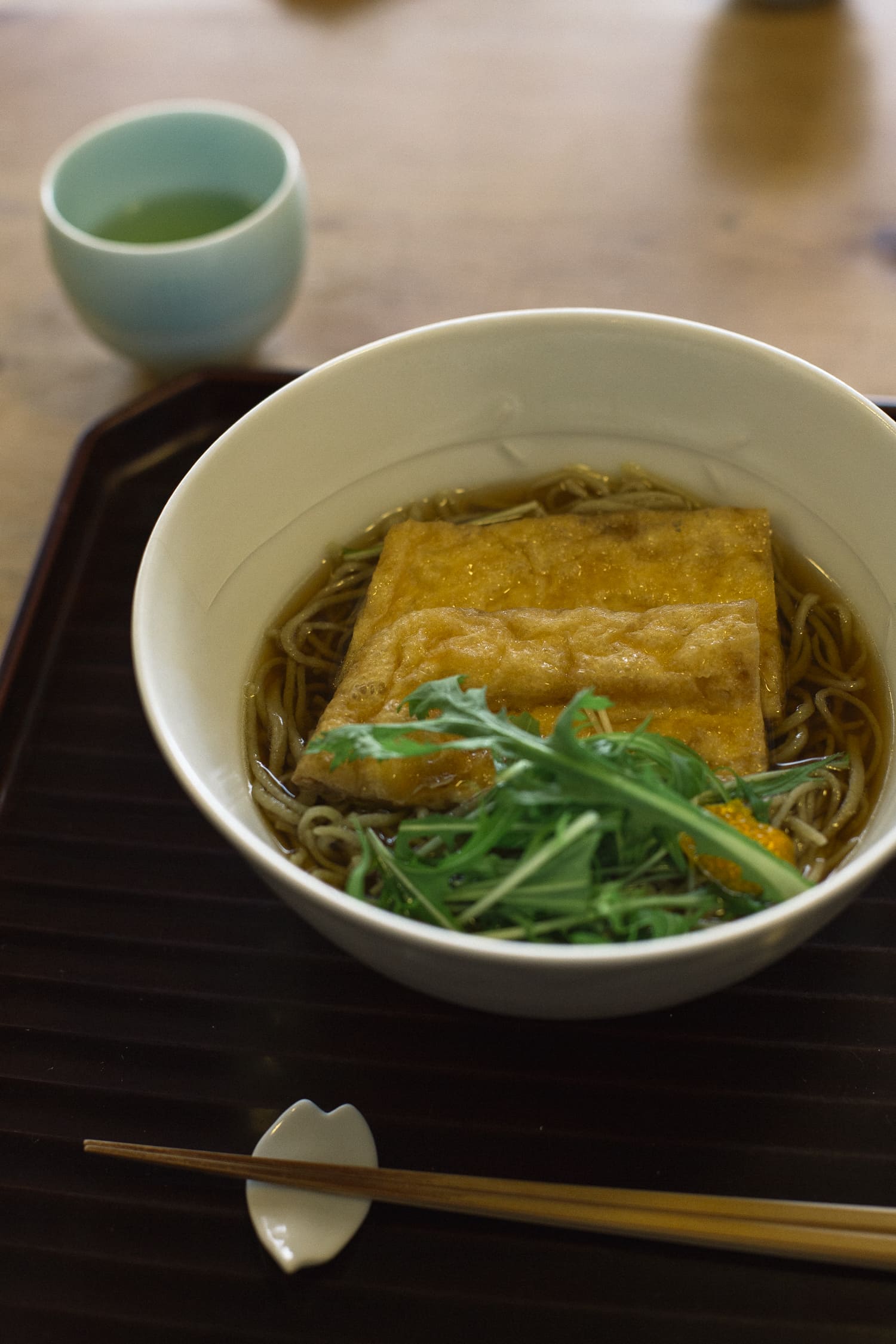
Umami (or why it’s tasty)
“Umai” means delicious. Umami is the flavour that makes everything delicious. It can be considered as the 5th taste, and it is described as a pleasantly savory.
It can be a controversial topic. Because umami is tasted through taste receptors specific to glutamate. You know, MSG. Which inspired the food additive that we’re banning these days. Truth is, MSG is naturally present in many foods: from tomatoes, to soy sauce, to parmesan. Umami, my friends, is essentially the foundation of badass and… yummy.
Japanese food is incredibly delicious because it’s made of ingredients that have a high umami in them, such as soy sauce, miso, kelp, mushrooms… No wonder why the story started here. Umami can be tasted from the most complex japanese dishes, to ramen bowls, to the humblest seasonal pickles. So simple, yet so mouth watering. Japanese cuisine is therefore a huge inspiration to us, and as home-cooks we now know: in order to make something taste amazing, all we have to do is think “umami”!






